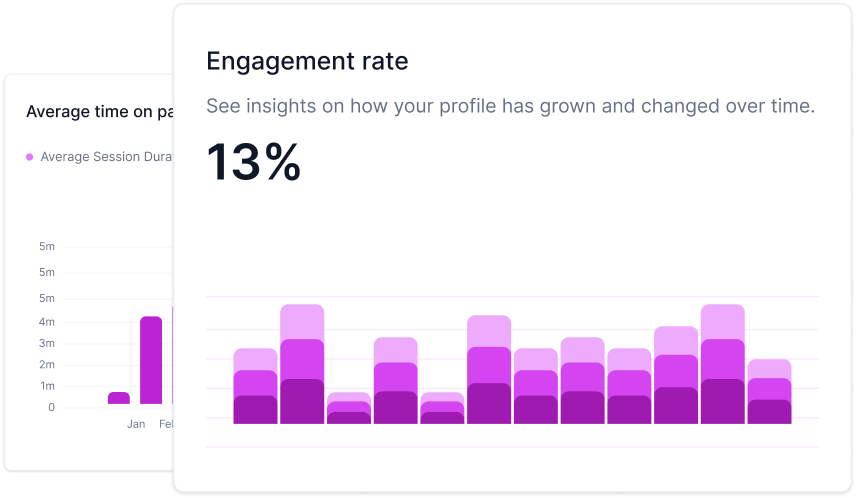What is the Data Segmentation?
Data segmentation is the process of dividing a large dataset into smaller, more manageable groups based on specific criteria, such as demographics or behavior, to enable more targeted analysis or personalized interactions. This technique enhances data analysis, marketing strategies, and user experiences by focusing on subsets of data with shared characteristics.
What is data segmentation, and why is it important?
In its simplest form, data segmentation is like sorting a mixed bag of candies into separate jars based on color or type. In the world of data, it means dividing a massive set of information into smaller groups based on specific criteria. This could be age, buying behavior, location, etc.
Why do this? Well, think about it. When information is bundled together, it's hard to see patterns or make decisions. But once sorted, it becomes easier to understand and act upon. For businesses, segmented data allows them to understand their audience better and make more informed choices.
How can data segmentation improve my marketing campaigns or business strategies?
Imagine trying to sell ice creams in Alaska during winter. Not the best idea, right? But if you knew where your warm-weather-loving customers were and when they were most likely to buy ice cream, you'd be onto a winner.
That's the power of data segmentation in marketing and strategy. By knowing which subset of your audience prefers what, you can tailor your messages, products, or services to resonate more deeply with them. It means more impactful marketing campaigns, less wasted effort, and better business results.
What are the best practices or tools for effective data segmentation?
Alright, eager beaver, ready to dive into data segmentation? Here are some steps to set you on the right path:
- Set Clear Objectives: Before diving into data, know what you want to achieve. Are you trying to boost sales, increase engagement, or improve customer loyalty? Your goal will dictate how you segment.
- Choose Relevant Criteria: Segment based on factors that matter to your goals. For a clothing brand, this might be age, fashion preferences, or purchase history.
- Use Reliable Tools: There are numerous tools out there, from simple Excel functions to sophisticated CRM software like HubSpot or Salesforce. Choose one that aligns with your needs and budget.
- Regularly Update Your Segments: People change. Their preferences, behaviors, and needs evolve. Regularly revisit and refine your segments to stay relevant.
In conclusion, data segmentation is like having a super-powered magnifying glass for your business. It lets you zoom in on what matters, understand your audience deeply, and craft strategies that truly resonate. Whether you're a budding entrepreneur or just someone curious about the digital world's inner workings, understanding data segmentation is a powerful tool to have in your arsenal.

